You are not logged in.
This post has been edited 5 times, last edit by "Hood" (Jun 8th 2013, 3:13pm)
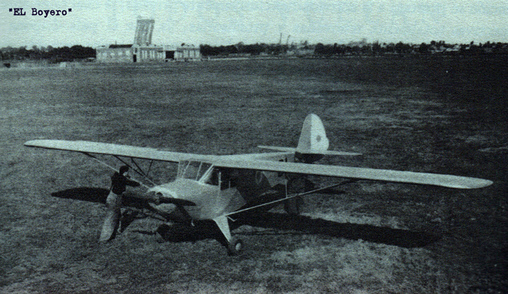
This post has been edited 1 times, last edit by "Hood" (Mar 12th 2011, 3:19pm)
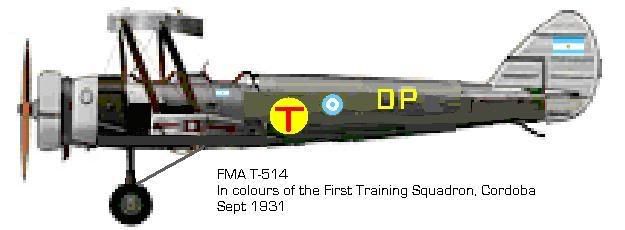
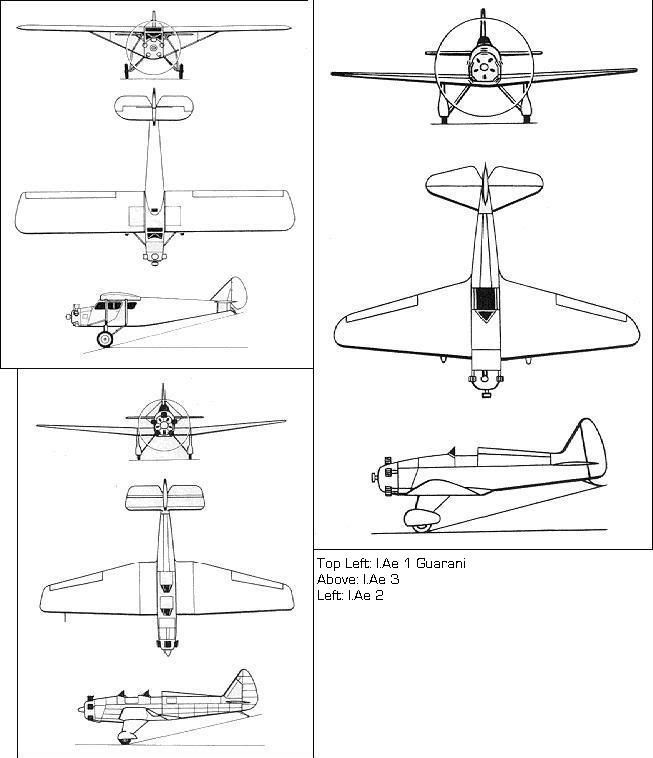



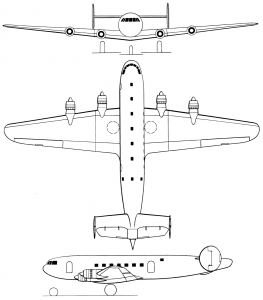
This post has been edited 1 times, last edit by "Hood" (Jul 28th 2011, 11:27pm)
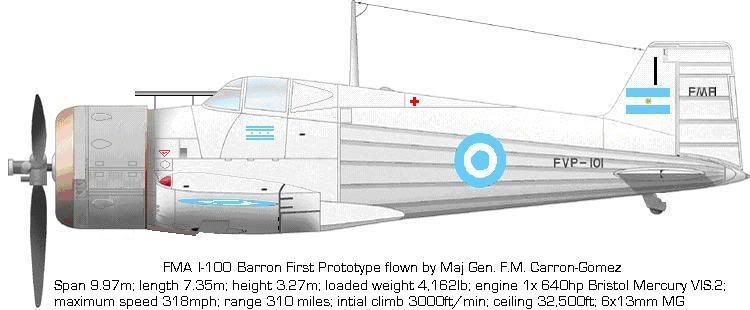



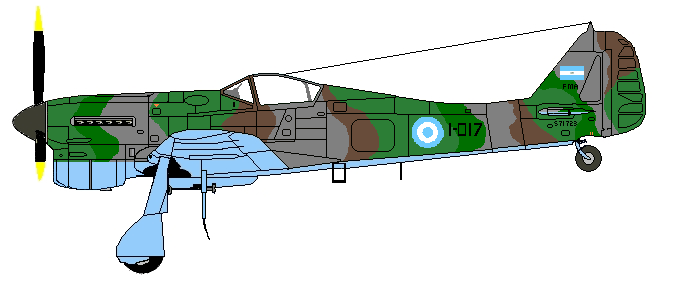
This post has been edited 2 times, last edit by "Hood" (Jun 8th 2013, 3:05pm)
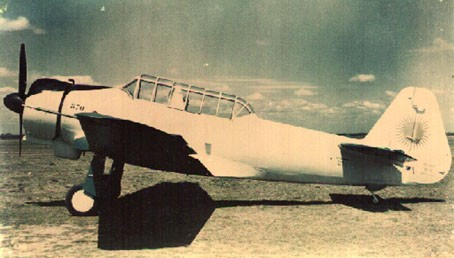
This post has been edited 2 times, last edit by "Hood" (Nov 18th 2012, 12:08pm)
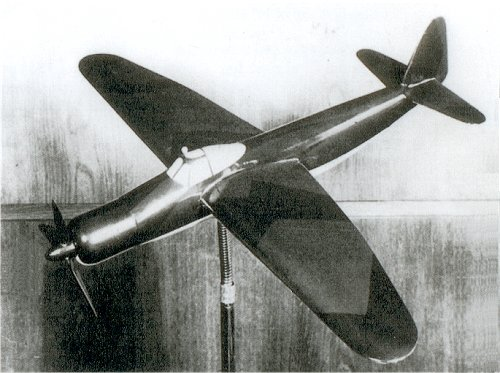
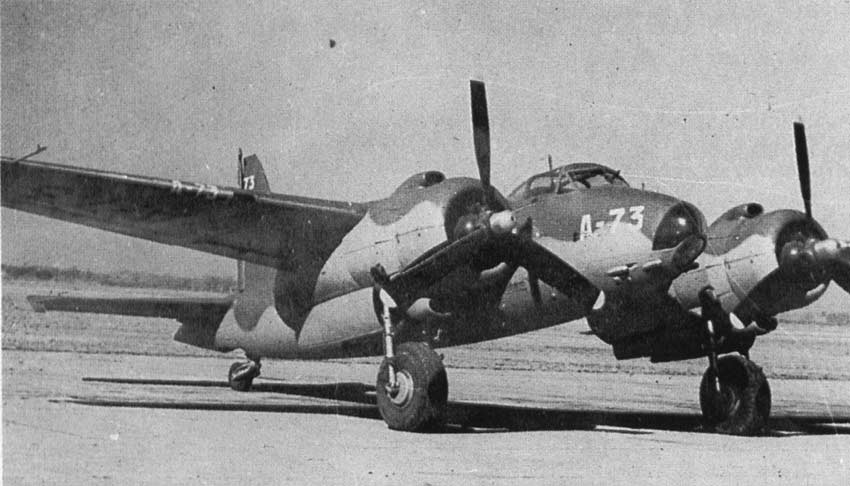
This post has been edited 4 times, last edit by "Hood" (Jun 8th 2013, 5:41pm)


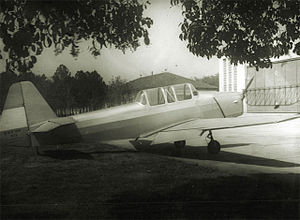
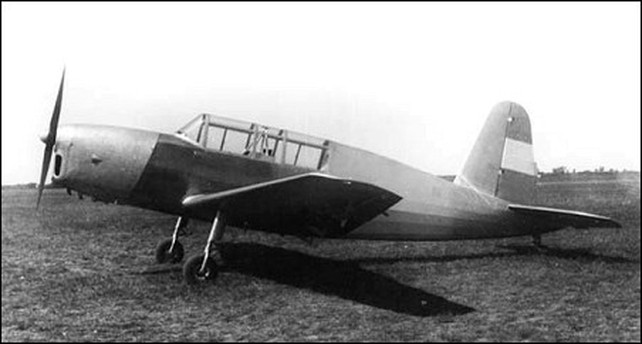
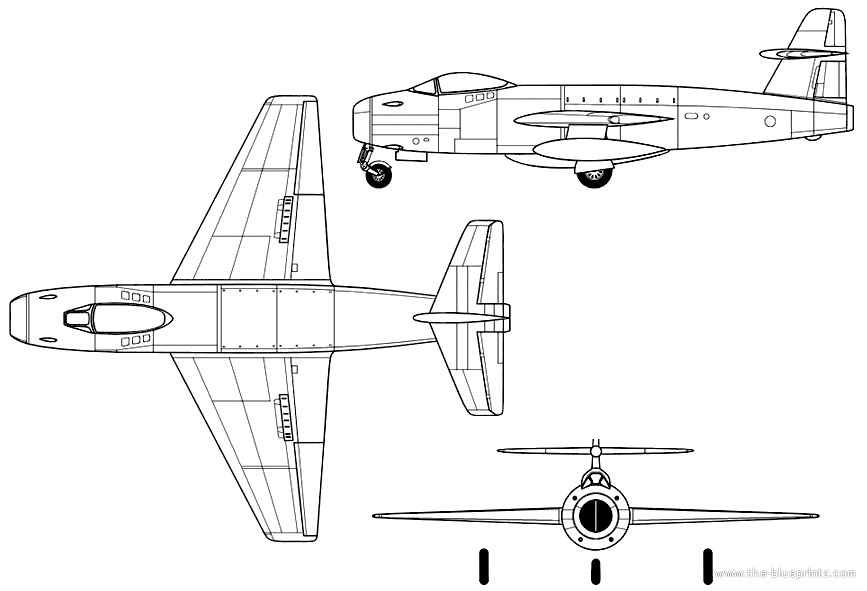

Forum Software: Burning Board® Lite 2.1.2 pl 1, developed by WoltLab® GmbH
